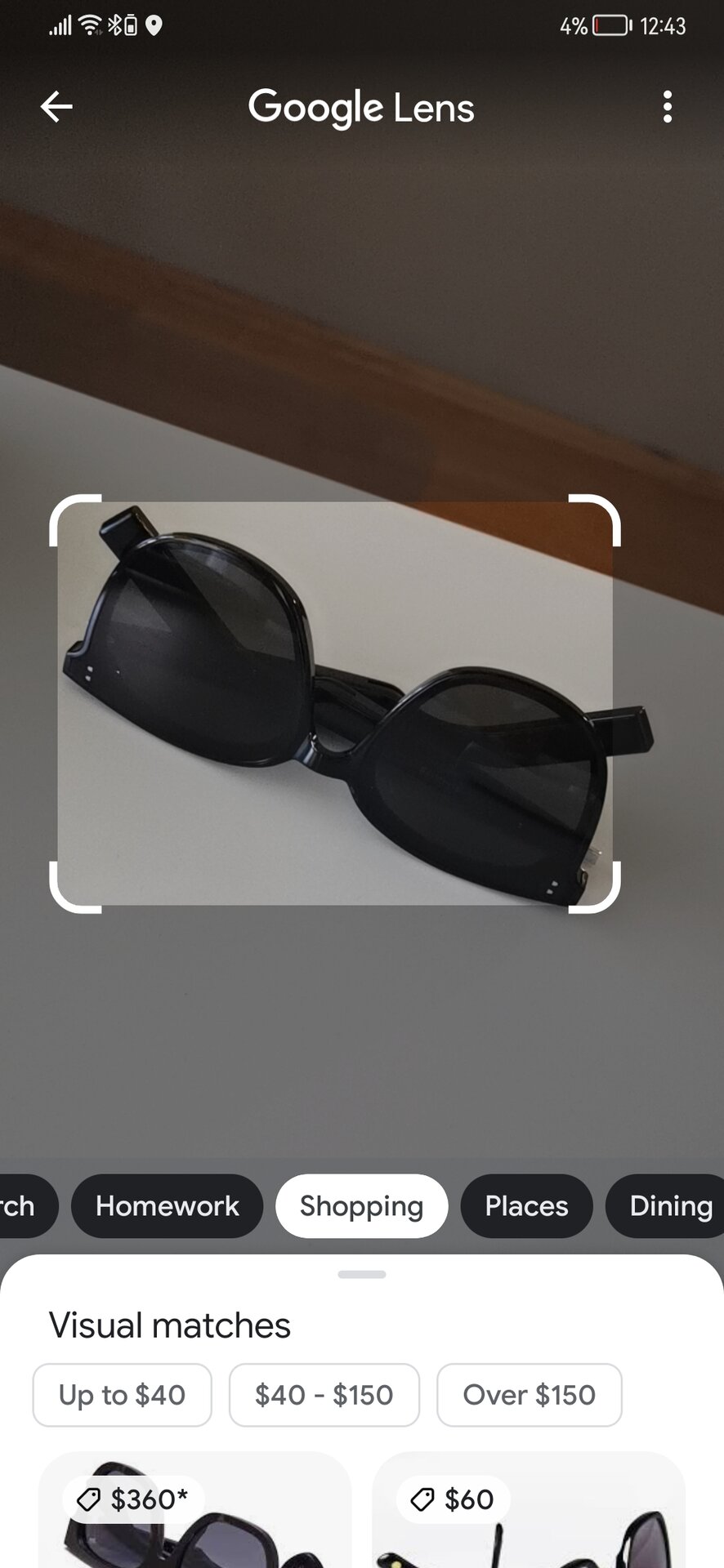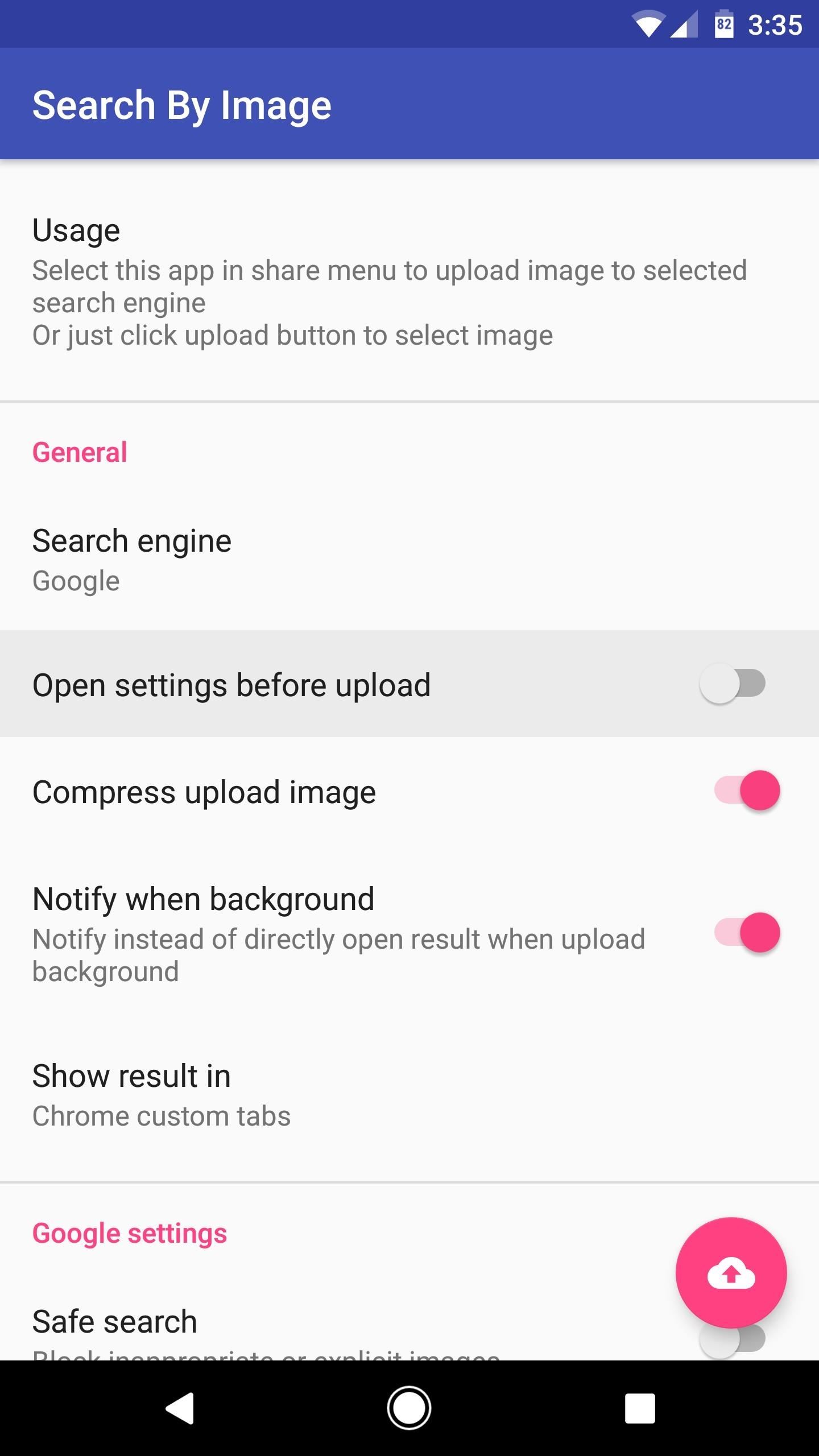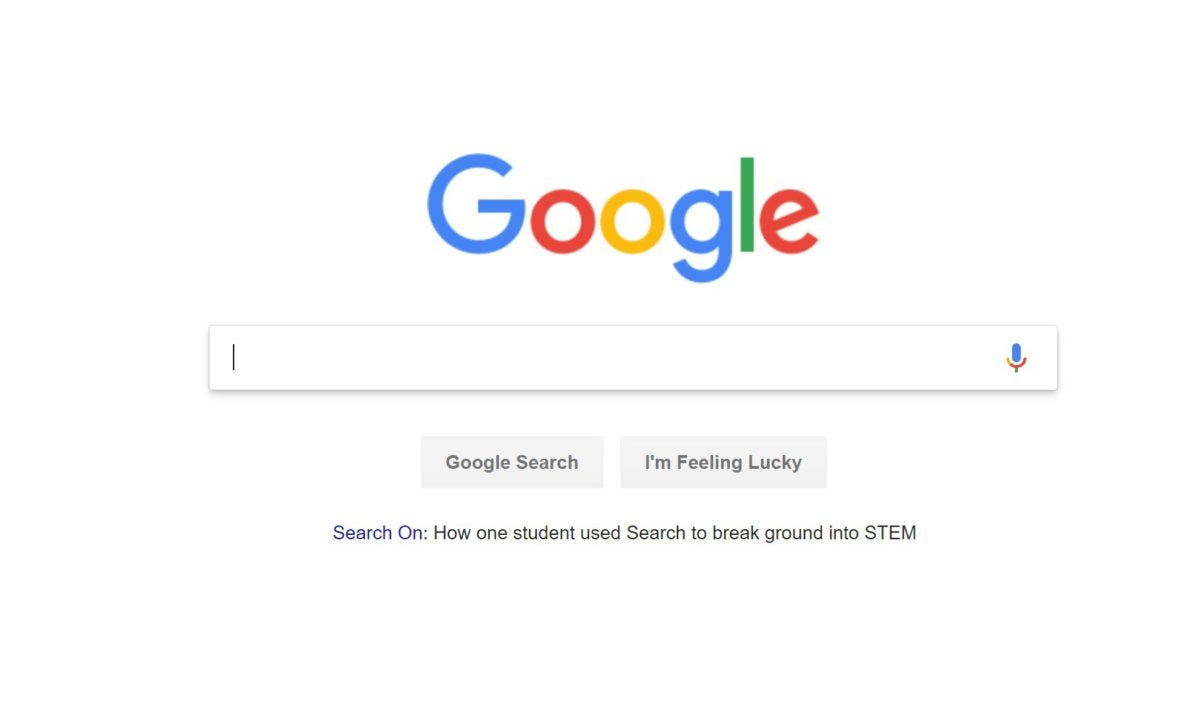Why Reverse Image Search is a Game-Changer
Reverse image search has revolutionized the way we explore and discover online content. With the ability to search by image, users can now identify unknown objects, find similar images, and verify the authenticity of online content with ease. This powerful tool has numerous applications, from shopping and travel to education and research. By leveraging reverse image search, individuals can unlock new ways of accessing information and gaining insights.
In today’s digital age, visual content dominates the internet. With millions of images available online, it can be challenging to find what you’re looking for. Traditional text-based search engines often fall short, failing to provide accurate results or relevant information. This is where reverse image search comes in – a game-changing technology that enables users to search by image, rather than text.
One of the primary benefits of reverse image search is its ability to identify unknown objects. Whether you’re trying to determine the name of a mysterious plant or identify a famous landmark, reverse image search can provide the answers. By uploading an image or taking a new photo, users can access a wealth of information, including descriptions, related searches, and similar images.
Reverse image search also has significant implications for online shopping. With the ability to search by image, users can find similar products, read reviews, and compare prices with ease. This technology has the potential to transform the e-commerce industry, enabling users to make more informed purchasing decisions and discover new products.
In addition to its practical applications, reverse image search also has the potential to enhance our online experiences. By providing a new way of accessing information, this technology can help users discover new content, explore new interests, and gain a deeper understanding of the world around them.
As we continue to navigate the vast expanse of online content, reverse image search is poised to play an increasingly important role. By harnessing the power of visual search, users can unlock new ways of exploring and discovering online content, and gain a deeper understanding of the world around them.
Getting Started with Google Lens
Google Lens is a powerful tool for reverse image search that can be accessed on your phone through the Google app or Google Assistant. To get started, simply open the Google app on your phone and tap on the camera icon. This will launch Google Lens, which will allow you to search by image.
Alternatively, you can also access Google Lens through Google Assistant. To do this, simply say “Ok Google, what’s this?” or “Ok Google, what’s in this picture?” and Google Assistant will launch Google Lens and allow you to search by image.
Once you have launched Google Lens, you can use it to search by image in a variety of ways. You can upload an image from your phone’s gallery, take a new photo, or even use an image from a website or app. Google Lens will then use its advanced algorithms to analyze the image and provide you with relevant search results.
Google Lens is a powerful tool that can be used in a variety of ways. For example, you can use it to identify unknown objects, find similar images, or even get more information about a product or service. With Google Lens, you can unlock new ways of exploring and discovering online content, and gain a deeper understanding of the world around you.
In addition to its powerful search capabilities, Google Lens also includes a number of innovative features that make it easy to use and navigate. For example, you can use the “Scan” feature to quickly scan a QR code or barcode, or the “Translate” feature to translate text in an image.
Overall, Google Lens is a powerful tool that can be used to unlock new ways of exploring and discovering online content. With its advanced algorithms and innovative features, Google Lens is the perfect tool for anyone looking to get more out of their phone and unlock the power of visual search.
How to Search by Image on Your Phone
To perform a reverse image search using Google Lens, follow these step-by-step instructions:
1. Open the Google app on your phone and tap on the camera icon to launch Google Lens.
2. You will be presented with several options: “Scan”, “Translate”, and “Search”. Tap on “Search” to begin your reverse image search.
3. You can upload an image from your phone’s gallery by tapping on the “Gallery” icon. Alternatively, you can take a new photo by tapping on the “Camera” icon.
4. If you want to use an existing image from your gallery, select the image you want to search and tap on “Next”. If you want to take a new photo, point your camera at the object or image you want to search and tap on the shutter button.
5. Google Lens will then analyze the image and provide you with relevant search results. You can browse through the results, which may include similar images, descriptions, and related searches.
6. To refine your search results, you can use the “Filter” option to narrow down your search by color, size, or other criteria.
7. You can also use the “Related searches” feature to explore related topics and find more information about the object or image you are searching for.
By following these steps, you can easily perform a reverse image search using Google Lens on your phone. Whether you want to identify an unknown object, find similar images, or verify the authenticity of online content, Google Lens makes it easy to get the information you need.
Remember, the key to getting accurate search results is to use high-quality images and provide as much context as possible. By doing so, you can unlock the full potential of Google Lens and discover new ways of exploring and discovering online content.
Understanding Your Search Results
Once you’ve performed a reverse image search using Google Lens, you’ll be presented with a list of search results. These results may include similar images, descriptions, and related searches. To get the most out of your search results, it’s essential to understand how to interpret them.
Similar Images: Google Lens will display a list of similar images that match the image you searched for. These images may be identical or similar in terms of color, shape, or texture. You can browse through these images to find the one that best matches what you’re looking for.
Descriptions: Along with similar images, Google Lens will also provide descriptions of the images. These descriptions may include information about the object or image, such as its name, location, or context. You can read these descriptions to gain a better understanding of the image and its relevance to your search query.
Related Searches: Google Lens will also suggest related searches based on your original search query. These related searches may include other images, articles, or websites that are relevant to your search. You can explore these related searches to find more information about the topic you’re interested in.
Filtering Results: To refine your search results, you can use the “Filter” option to narrow down your search by color, size, or other criteria. This can help you quickly find the most relevant results and avoid sifting through irrelevant information.
Using Search Results: Once you’ve found the information you’re looking for, you can use it to learn more about the topic, identify unknown objects, or verify the authenticity of online content. You can also use the search results to explore related topics and find more information about the subject you’re interested in.
By understanding how to interpret your search results, you can get the most out of Google Lens and unlock the full potential of reverse image search. Whether you’re trying to identify an unknown object, find similar images, or verify the authenticity of online content, Google Lens makes it easy to get the information you need.
Tips and Tricks for Better Search Results
To get the most out of reverse image search, it’s essential to use high-quality images and optimize your search queries. Here are some tips and tricks to help you improve your search results:
Use High-Quality Images: The quality of the image you use for reverse image search can significantly impact the accuracy of the results. Use high-resolution images with clear and distinct features to get the best results.
Crop or Edit Images: If you’re using an image with a lot of background noise or irrelevant information, try cropping or editing it to focus on the main subject. This can help improve the accuracy of the search results.
Use Specific Keywords: Adding specific keywords to your search query can help narrow down the results and improve their relevance. Use keywords that describe the image, such as colors, shapes, or objects.
Use Multiple Search Engines: Don’t rely on just one search engine for your reverse image search. Try using multiple search engines, such as Google, Bing, or TinEye, to get a more comprehensive set of results.
Check the Image Metadata: Image metadata can provide valuable information about the image, such as the camera settings, location, and date taken. Check the image metadata to see if it provides any clues about the image’s origin or content.
Use Reverse Image Search Tools: There are several reverse image search tools available online, such as Google Lens, TinEye, or Bing Visual Search. Experiment with different tools to see which one works best for you.
By following these tips and tricks, you can improve the accuracy and relevance of your reverse image search results. Whether you’re trying to identify an unknown object, find similar images, or verify the authenticity of online content, these tips can help you get the most out of reverse image search.
Alternative Reverse Image Search Tools
While Google Lens is a powerful tool for reverse image search, there are other alternatives available that offer unique features and benefits. Here are a few examples:
TinEye: TinEye is a reverse image search engine that allows users to search for images based on their visual content. It has a large database of images and can identify images even if they have been modified or cropped.
Bing Visual Search: Bing Visual Search is a reverse image search tool that allows users to search for images based on their visual content. It uses artificial intelligence to identify objects, people, and text within images and provides relevant search results.
Reverse Image Search by SmallSEOTools: This is a free online tool that allows users to perform reverse image searches. It supports multiple image formats and provides fast and accurate results.
Image Raider: Image Raider is a reverse image search tool that allows users to search for images based on their visual content. It has a large database of images and provides fast and accurate results.
These alternative reverse image search tools offer unique features and benefits that can be useful in different situations. For example, TinEye is particularly useful for identifying images that have been modified or cropped, while Bing Visual Search is useful for identifying objects, people, and text within images.
By using these alternative reverse image search tools, users can expand their search capabilities and find more accurate results. Whether you’re trying to identify an unknown object, find similar images, or verify the authenticity of online content, these tools can help you achieve your goals.
Common Use Cases for Reverse Image Search
Reverse image search has a wide range of applications and can be used in various scenarios. Here are some common use cases for reverse image search:
Identifying Unknown Objects: Reverse image search can be used to identify unknown objects, such as plants, animals, or products. By uploading an image of the object, you can find information about it, including its name, description, and origin.
Finding Similar Products: Reverse image search can be used to find similar products or images. For example, if you see a product you like in a store or online, you can take a photo of it and use reverse image search to find similar products or images.
Verifying the Authenticity of Online Content: Reverse image search can be used to verify the authenticity of online content, such as images or videos. By uploading an image or video, you can find information about its origin and whether it has been modified or manipulated.
Research and Education: Reverse image search can be used for research and education purposes. For example, students can use reverse image search to find information about historical events, scientific concepts, or cultural artifacts.
Marketing and Advertising: Reverse image search can be used in marketing and advertising to find similar images or products. For example, a company can use reverse image search to find similar products to their own and compare their features and prices.
These are just a few examples of the many use cases for reverse image search. By using reverse image search, you can unlock new ways of exploring and discovering online content, and gain a deeper understanding of the world around you.
Conclusion: Unlocking the Power of Visual Search
Reverse image search is a powerful tool that can unlock new ways of exploring and discovering online content. By using Google Lens or other reverse image search tools, you can identify unknown objects, find similar images, and verify the authenticity of online content.
With the rise of visual search, it’s easier than ever to find what you’re looking for online. Whether you’re a student, a researcher, or just someone who loves to learn, reverse image search can help you unlock new ways of exploring and discovering online content.
So why not give it a try? Download the Google app or Google Lens on your phone and start exploring the world of visual search. With its powerful features and user-friendly interface, you’ll be able to find what you’re looking for in no time.
Remember, the possibilities are endless with reverse image search. Whether you’re looking for information, entertainment, or just want to learn something new, reverse image search can help you unlock new ways of exploring and discovering online content.
So what are you waiting for? Start using reverse image search today and discover a whole new world of possibilities!







